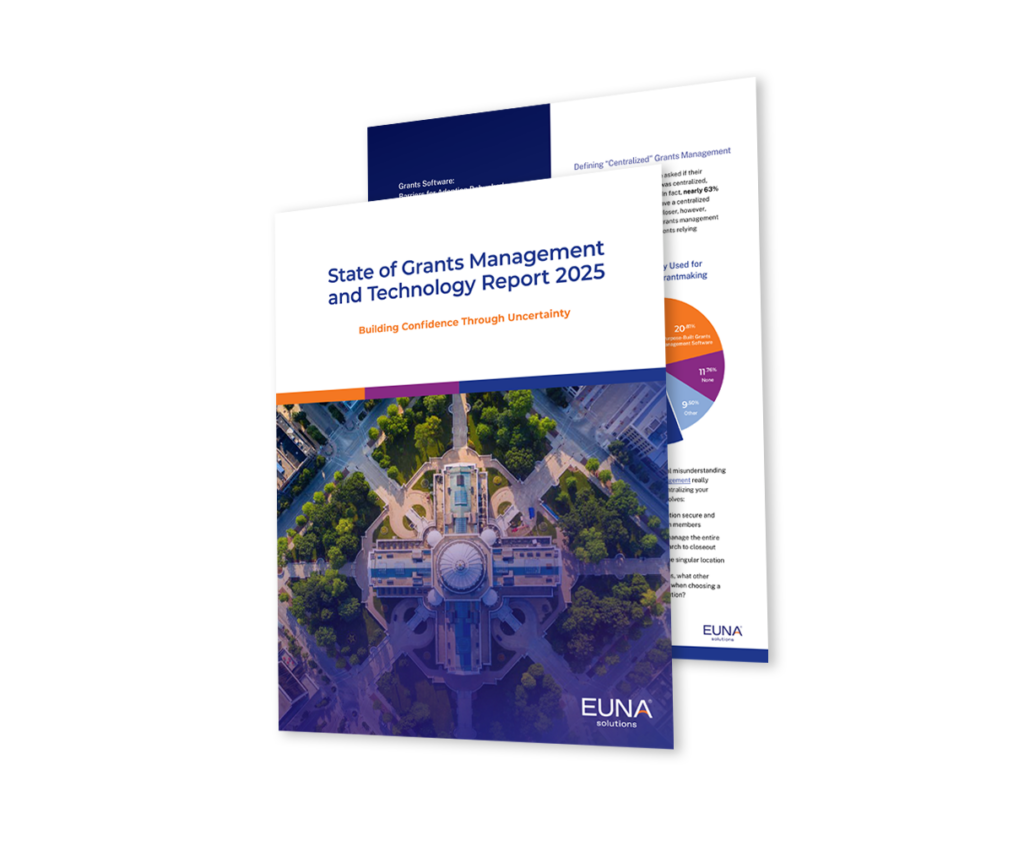Experts predict that most of the jobs that today’s students will hold do not even exist yet. K-12 schools have an imperative to evolve curricula and teaching methods to ensure students are equipped with the technological skills, problem-solving abilities, and creativity they need to take on whatever the future brings.
Procurement teams see the evidence of this in the purchase requests that come across their desks. As STEM education becomes more widespread, procurement teams are playing a key role in delivering the right technology to classrooms.
From SmartBoards to 3D printers, technology purchases now make up 25% of all RFPs run by K-12 procurement teams.

IT procurement decisions are more complex and involve more stakeholders than procurement projects for well-understood products and services. As a result, procurement teams have to work closely with educators and administrators to determine what classrooms need and how to get it at the best price, according to applicable rules and regulations.
It’s no small challenge! Here are three key considerations to help you work with stakeholders to facilitate successful IT procurement outcomes:
#1 Consistency
For stakeholders who don’t live and breathe procurement, the RFP process can seem daunting, cumbersome, and out-of-step with the fast pace of technology change. As one school district superintendent put it, “The traditional procurement process is time-intensive, bottlenecking the ability to stay current with the latest technologies and curricular offering.”
Standardizing the RFP policy and process provides everyone with a clear roadmap, which helps to ensure smooth and efficient stakeholder participation.
This has been a key part of Green Bay Area Public Schools’ success in changing the perception of the technology RFP process. In addition to referencing state and local policy to ensure standardization of when and what type of RFP procedure must be used, they have also built out a standard timeline and leverage a common template to build their RFPs.
“Systematizing and building guidelines and procedures into the school district’s culture can help make each procurement a little smoother and less daunting than the one before,” writes Green Bay Area PS’ Chief Technology and Information Officer Diane Doersch.
Learn more about how Green Bay Area Public Schools ensures effective collaboration in their RFPs in the upcoming webinar “Better Collaboration for Better Classroom Outcomes” with guest Jake Alverson, Director of Procurement, Green Bay Area Public Schools.
#2 Collaboration
In order to achieve the desired educational outcomes of technology purchases, procurement teams, district administrators, and classroom educators need to get on the same page.
It’s easier said than done when busy schedules, geographic distance, and different priorities get in the way.
Procurement teams can lay the groundwork by reaching out to stakeholders at regular intervals to understand their upcoming needs and open up communication channels early in the process.
Another foundation of effective collaboration is providing an easy and convenient way for stakeholders to access project details, communicate, and complete their evaluation. Historically, participation in the RFP process has meant a lot of paperwork for evaluators, with a host of binders, spreadsheets, and emails to manage on top of their day-to-day work. However, eProcurement technology has made it much easier for teams to share information and collaborate virtually, saving time and making it possible to ensure alignment despite geographic distance and busy schedules.
#3 Compliance
Procurement teams are relied upon to guide stakeholders through a maze of federal, state, and local procurement laws, as well as school district policy. As if this weren’t enough, IT procurement often comes with additional compliance concerns surrounding cybersecurity and the privacy of student data.
Procurement teams can leverage resources such as their legal team, internal IT resources, or helpful tools like this edtech evaluation database to help navigate these policies and procedures. From there, it is valuable to operationalize compliance—for example, by creating templates that ensure all clauses are included or using an automated system to manage vendor submissions and collect Conflict of Interest forms. These steps help to ensure that transparency and fairness is built into the DNA of your procurement process.

